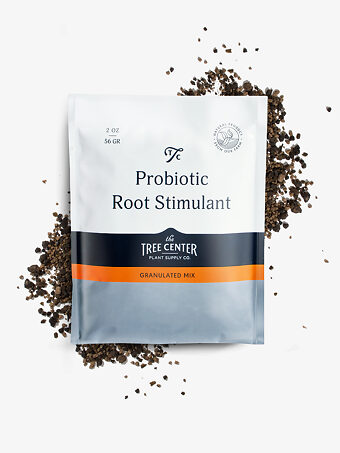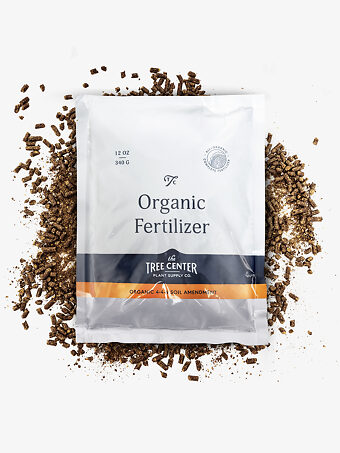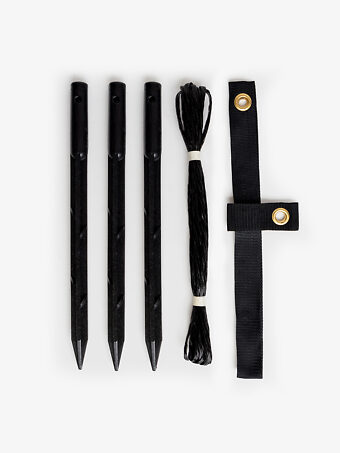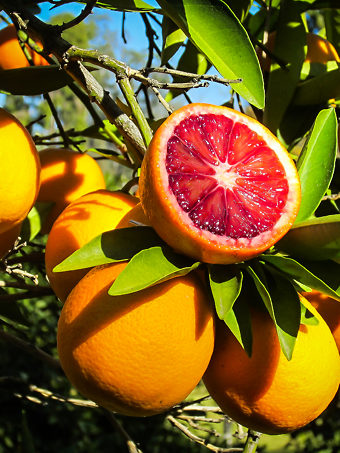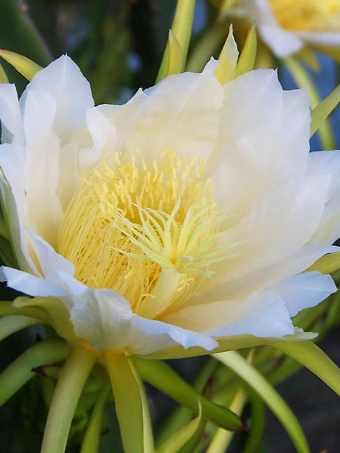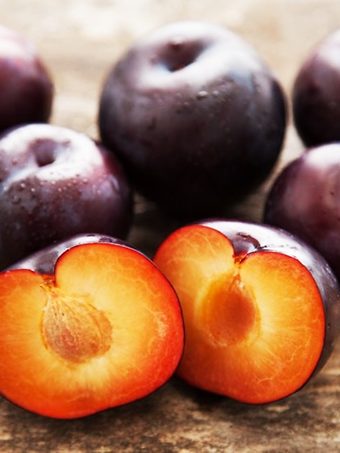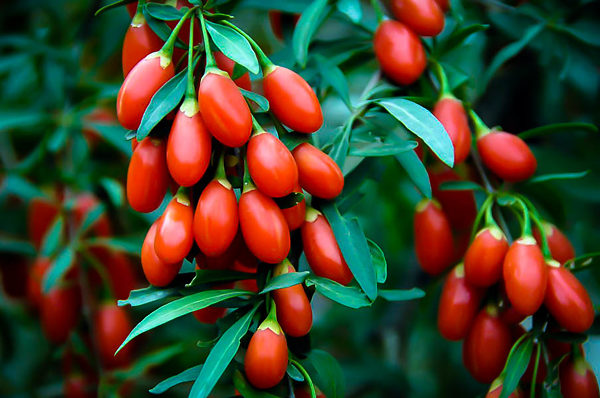
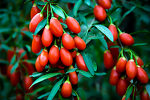
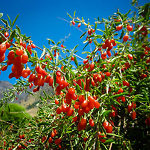

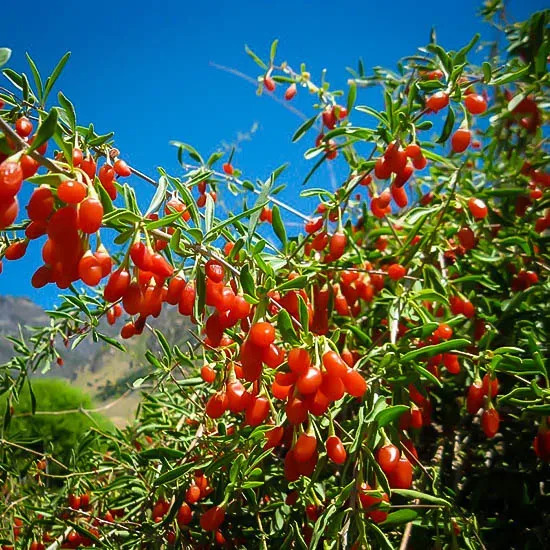
Goji Berry
Lycium barbarumView more from Unusual Fruits
Goji Berry
Lycium barbarum
Select size
Size Guideselect quantity
Buy in monthly payments with on orders over $50.Prequalify now
on orders over $50.Prequalify now
this item doesn’t ship to
The Goji Berry bush is an amazing small shrub that produces an orange-red berry renowned for its powerful antioxidant and vitamin levels. It is a very easy plant to grow and is hardy right across America, from cold regions to hot ones. It will grow quickly in any soil in a sunny location and produce lots of its great berries with almost no effort from you. Before you know it you will be harvesting this super-food from your own garden and enjoying an incredible bounty of berries packed full of goodness. This is a plant that will grow in any garden and you don’t need any skill or ‘green thumb’ to succeed with this rapid-growing shrub. It can be grown among your flowers or your vegetables, in a pot if you have no garden and even trained against a sunny wall where it will take up no room at all.
- Source of the amazing Goji berry
- Grows anywhere in the country
- Decorative as well as useful
- Berries are easily dried for storage
- Low maintenance and trouble-free
Plant your Goji Berry, which is also known as ‘wolfberry’, in a sunny or lightly-shaded location, in any well-drained soil. Mature plants will tolerate some drought, but good watering and fertilizing will give you the largest crop of top-quality berries. The berries are easily dried and stored, so with a couple of plants you can have a good supply of home-grown, chemical-free berries all year round.

Botanical Name:
Lycium barbarum
Mature Width:
12-15 ft
Mature Height:
6-8 ft
Grows Well In:
Zones 6-9
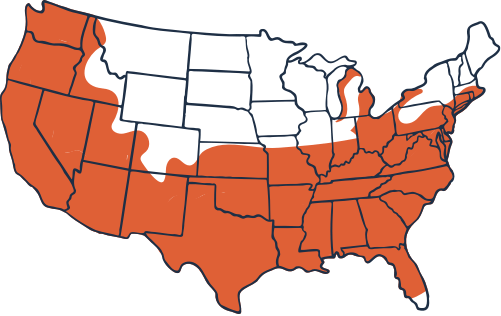
Sun Needs:
Full Sun
Water Needs:
Moderate
Growth Rate:
Medium
Flower Color:
Purple
Flowering Season:
Fall, Spring, Summer
